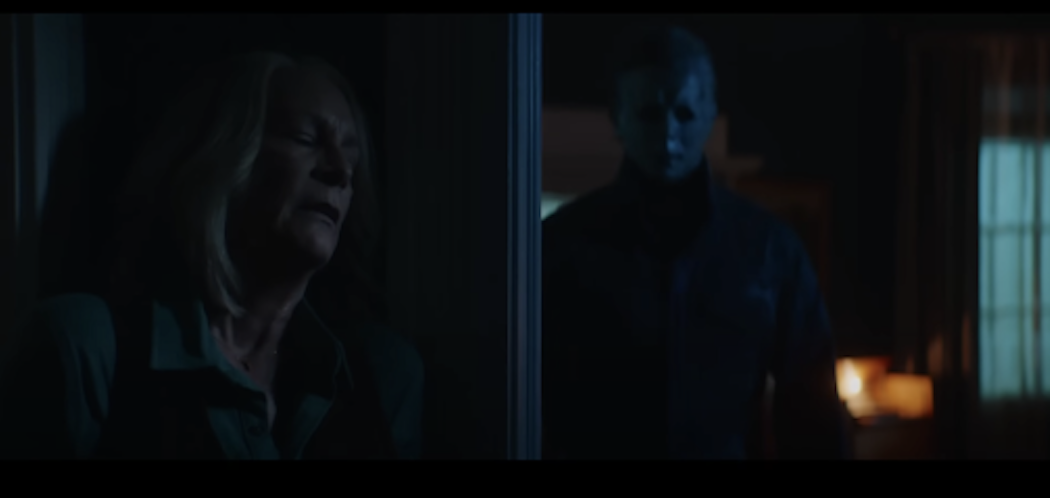
“Halloween Ends,” is now in theaters and streaming on Peacock. “Ends” represents the 13th entry in the franchise since John Carpenter’s 1978 classic “Halloween.”
In a series that’s featured everything from Busta Rhymes kicking Michael Myers through a window to Rob Zombie being given the directorial reigns not once, but twice, “Halloween Ends,” might just be the most underwhelming installment of the baker’s dozen.
David Gordon Green’s third film takes place four years after the events of the 2021’s “Halloween Kills” and was marketed as the “final showdown” between Laurie Strode, played once again by Jamie Lee Curtis and “the shape,” Michael Myers.
Despite its great premise, the fact that these two characters have been chasing each other around with knives in six separate decades at this point, their homicidal Tom and Jerry dynamic definitely still works. Add in the built-in stakes of this being their last on-screen clash, and you have the foundation for a really entertaining Halloween movie.
Except for the fact that “Halloween Ends,” isn’t actually interested in either one of its franchise-defining characters.
The film is much more interested in exploring a new character named “Corey,” portrayed by Rohan Campbell, who’s deeply underwritten and forced into the de facto leading role, commanding considerable screen time and expository scenes that never pay off in any meaningful way.
In the opening shot, Corey has a manslaughter mishap with a kid he’s babysitting. The scene plays out in a gruesome and wholly nonsensical fashion that telegraphs where the story is headed. We then jump to modern-day Haddonfield where, as a result of this accident, Corey is seen as a social pariah who may or may not have murderous tendencies.
Regardless of these well-documented issues, and for reasons that remain unclear, Laurie chooses to set Corey up with her granddaughter Allyson, played by Andi Matichak.
The two then fall in love and ride around Haddonfield on a motorcycle for the majority of the first act. Viewers get a few Laurie scenes spliced sparingly into the first and second acts, but not nearly enough to warrant this kind of marketing campaign.
It also takes over forty minutes for Michael Myers to actually show up in this movie. And when he does, he’s hiding in the crevices of an underground tunnel that Corey happens to be wandering through. Myers grabs Corey and the two have a baffling, almost romantically charged scene where Myers stares deeply into his eyes and eventually lets him go. From here, the movie spirals even further out of control, with Corey becoming a full-fledged serial killer, who eventually teams up with Myers in an effort to kill Laurie and escape with her granddaughter.
This predictably doesn’t play out as planned and Corey dies in the same way he was introduced: violently, and illogically.
With this needless character finally out of the way, Lauri Strode defeats Michael Myers in the film’s singular watchable sequence. A scene that only takes up about ten minutes of the 110-minute runtime, the rest of which is centered around Corey, whose entire character arc feels like a rough draft from a writer’s room completely devoid of new ideas.
Thirteen movies feels like more than enough, and “Halloween Ends,” has pushed this franchise into an unwatchable corner of the horror genre.
If viewers are feeling festive this spooky season, just watch the original 1978 version and save yourself the price of admission.







